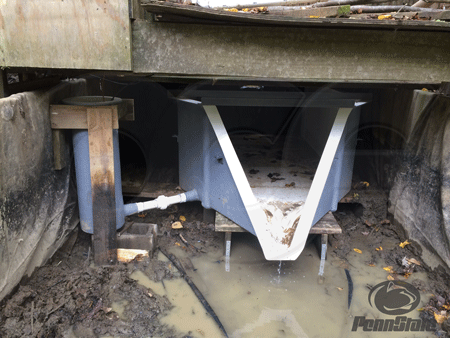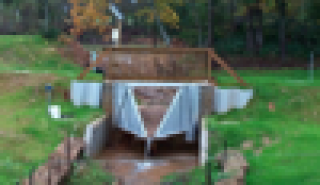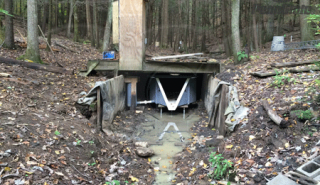A watershed is an area of land that feeds all surface and ground water into a single body of water (stream, river, lake, etc.). Watersheds can combine to form progressively large watershed networks that drain into progressively larger bodies of water.
Watersheds are typically monitored by governmental /national organizations such as:
- USGS (US Geological Survey)
- USFS (US Forestry Service)
- CSIRO (Commonwealth Scientific and Industrial Research Organization)
- CWRC (Canadian Watershed Research Consortium)
- EA (Environment Agency - UK)
Additionally, State, Province, Territory, County, and Municipal agencies and educational / research institutions are regularly involved in watershed monitoring.

Why Monitor Watersheds
Watersheds are monitored for their ecological health as it relates to water quality, hydrology, habitat, and fish/wildlife. Measuring these indicators can lead to an understanding of the broader environmental conditions that the area drained by the watershed.

How H Flumes are Used in Watersheds
H flumes help to measure and characterize they hydrology and water quality. They provide convenient sampling and test points point for water quality parameters (pH, conductivity, turbidity, etc.) in addition to their main purpose providing water flow data.

Typically, H flumes are installed on creeks and streams on a watershed that feed into larger bodies of water. Where the body of water is wider than the flume, wing walls can be used to direct the flow into the flume. After it is passed through the flume, the flow can then spill off the end and back into the watercourse.

The HS (small) / H / HL (large) series of flumes were originally developed in the 1930’s by the Soil Conservation Service, U.S. Department of Agriculture for measuring agricultural runoff but their use has since expanded to watershed monitoring, among other uses.

The v-shaped discharge provides excellent sensitivity at low flow rates while also being able to accurately gauge the large flows associated with storms and springtime snow melts. With a flat floor, the H flume readily passes silts and vegetative matter as it is accelerated along with the flow, through and then out of the flume.
Images: How Stuff Works, HJ Andrews Experiement Forest
Source: City of Portland





